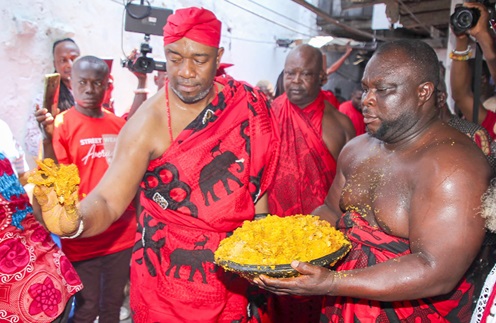This year’s Homowo of the people of Ga Mashie was climaxed with pomp and celebration at James Town and Bukom, with crowds of celebrants on the st
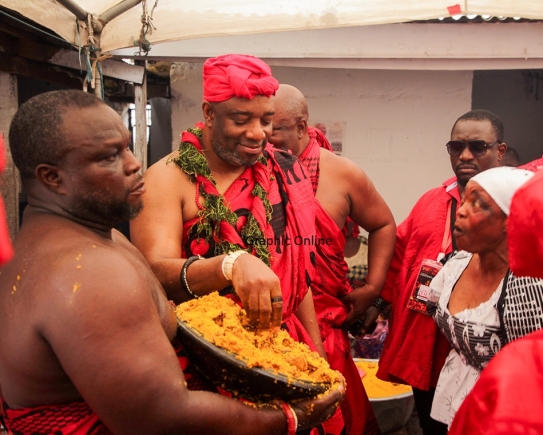
This year’s Homowo of the people of Ga Mashie was climaxed with pomp and celebration at James Town and Bukom, with crowds of celebrants on the streets amid drumming, chanting and firing of muskets.
Women in red cloth carried bowls of steaming kpokpoi, children danced along the processions, and communities came alive in celebration of the festival that means “hooting at hunger.”

At the heart of the event was the Ga Mantse, Nii Tackie Teiko Tsuru II, who performed the sacred sprinkling of kpokpoi across the 21 houses that make up the Ga stool.
Surrounded by elders, chiefs and followers, his actions signalled the official start of this year’s festival.
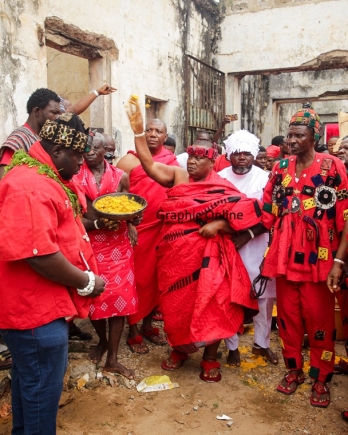
As tradition demands, the Gbese Mantse, Nii Ayi-Bonte II, led the way from his palace, sprinkling kpokpoi through the principal streets of Ga Mashie through to Ussher
Fort, retracing the ritual path walked by his predecessors. Indigenes, well-wishers, tourists and members of the diaspora packed the routes to take part in the lively spectacle.
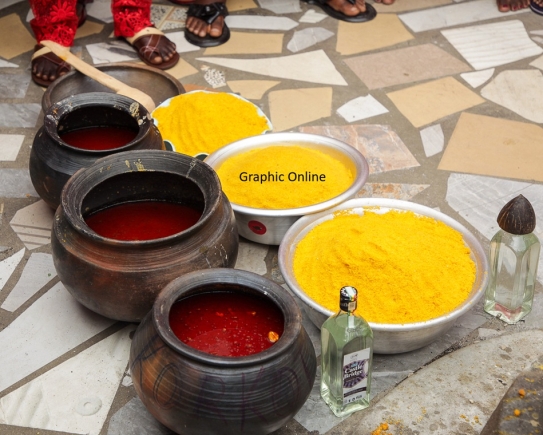
Homowo recalls the famine the Ga people endured during their migration to present-day Accra, and their eventual triumph when the rains returned and maize flourished.
Beyond the drumming and feasting, the festival is also about healing.
Members of the Ga State use the season to mend rifts and strengthen ties, a reminder that unity remains as vital today as it was when Homowo was first celebrated.
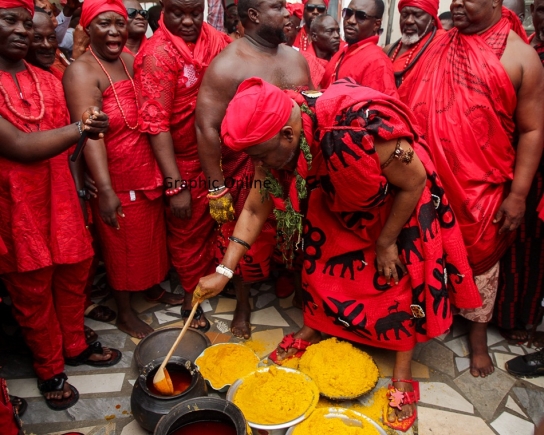
Generally, the festival begins in May with the sowing of maize, specifically for the preparation of kpokpoi.
It is followed by a thirty-day ban on noisemaking with emphasis on drumming, singing and loud music, among others.
To climax the festival, traditional rulers lead processions to sprinkle kpokpoi at specific locations.
This is usually done on Saturday in August.
source: graphiconline
